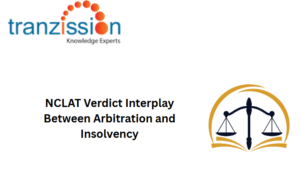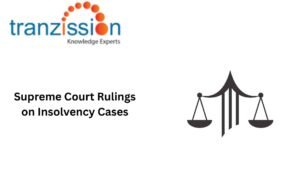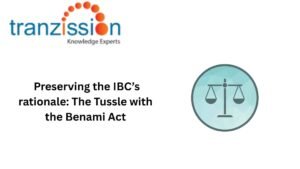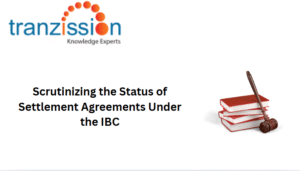
Summarising IBC Amendments of 2024
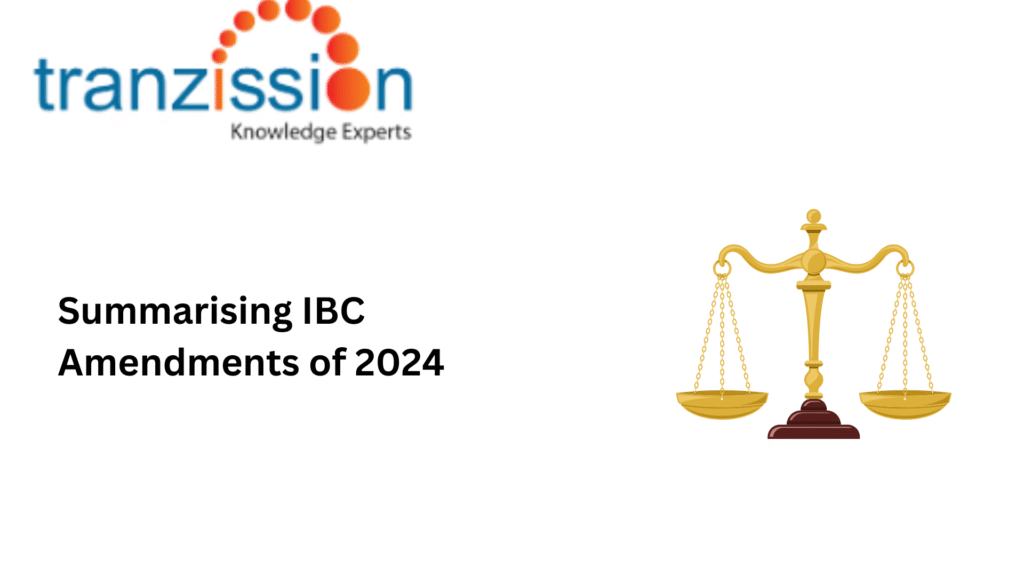
Table of Contents
The Insolvency and Bankruptcy Code, 2016 (IBC) aims to replace the patchwork of previous insolvency laws with a single, unified framework. Since 2016, Summarising IBC Amendments and its rules or regulations primarily focused on streamlining processes, particularly in liquidation, increasing accountability, and addressing issues related to financial service providers (FSPs) and insolvency professional roles. The key changes essentially affect the timelines, asset valuations, and effectiveness of the liquidation process. This article delves into the legal amendments to the IBC and what may be introduced in 2025.
Key Amendments Introduced in IBC 2024
Faster CIRP Timelines for Quick Resolution:
The amendment to Section 12(3) of the Insolvency and Bankruptcy Code (Amendment) Act, 2019 requires the corporate insolvency resolution process (CIRP) to be completed within 330 days, including the initial 180 days, any extensions, and the time taken for legal proceedings related to the resolution process. This improved efficiency and stricter deadlines for admission of insolvency petitions by the National Company Law Tribunal (NCLT). This amendment was expected to reduce delays in insolvency resolution and introduce better recovery prospects for creditors.
Suggested Reading: The Insolvency of State-owned Enterprises
Enhanced Creditor Rights & Voting Provisions:
The Insolvency and Bankruptcy Code (Amendment) Act, 2020, introduced significant changes, including the rights of operational creditors and clarified voting thresholds. The operational creditors now have more structured rights in the resolution process. Further, the voting threshold in the Committee of Creditors (CoC) meetings in the Amendment Act of 2018, changed from seventy-five to sixty-six percent, thereby ensuring smoother approvals of resolution plans.
Changes in Liquidation Framework:
The Insolvency and Bankruptcy Board of India (IBBI) notified the Insolvency and Bankruptcy Board of India (Liquidation Process) (Amendment) Regulations, 2024 (hereon forward known as “the Liquidation Amendment Regulations”) to strengthen the liquidation framework, enabling flexibility in asset disposal, and mandating mandated stakeholder consultation. This amendment simplified the liquidation process to enable quicker asset disposal and clearer guidelines on secured creditor priorities and distribution of liquidation proceeds.
Impact of IBC Amendments on Insolvency Professionals & Stakeholders
How These Changes Benefit Creditors:
The IBC amendments benefit creditors by providing a streamlined, time-bound framework for resolving corporate insolvencies, enabling a more efficient and equitable process for debt recovery, and protecting the rights of both financial and operational creditors. It ensures aster claim processing and higher recovery rates for financial creditors and operational creditors gain better representation in insolvency cases. Further, the Second Amendment to the IBBI (Insolvency Resolution Process for Corporate Persons) Regulations, 2016 provides for the filing of form CA for the appointment of an authorized representative for a class of creditors.
Effect on Insolvency Professionals & Resolution Applicants:
The IBC Amendment, 2018 significantly insolvency professionals (IPs) and resolution applicants by introducing stricter eligibility criteria for resolution applicants under section 29A. IPs have the role of preserving and protecting the assets of the corporate debtor, including continued business operations, during the insolvency process. This amendment aims to ensure a level playing field and prevent potential conflicts of interest. Hence, it establishes stricter compliance norms for IPs handling CIRP and liquidation and resolution applicants must now meet tighter eligibility requirements to prevent frivolous bidding.
Implications for Distressed Companies & Corporate Debtors:
The IBC amendments, particularly the 2020 ordinance and subsequent ones, aim to streamline and improve the resolution of distressed companies and protect corporate debtors in times of crisis by introducing mechanisms to facilitate debt restructuring and prevent premature liquidation. The establishment of greater regulatory oversight ensures responsible restructuring and quicker insolvency admission helps struggling companies access resolution faster.
Comparative Analysis – IBC Amendment vs. Previous
| IBC Amendment | Previously | |
| CIRP Timelines | Timeline completed within 330 days, including any extensions and time taken in legal proceedings | CIRP completed within 180 days, extendable by 90 days to a maximum of 270 days |
| Operational Creditor Rights | Rights have been strengthened, with a focus on ensuring they receive an amount not less than what they would in liquidation, and they can still propose a resolution professional and submit a resolution plan. | Operational Creditors faced limitations in triggering CIRP, and their rights in the CoC, and their rights were secondary to financial creditors, with no voting rights in the CoC. |
| Liquidation Process | Clear timelines and mechanisms for efficient asset disposal and creditor satisfaction | Liquidation involved a more complex and protracted process |
| Eligibility for Resolution Applicants | Specific individuals and entities are now ineligible, like undischarged insolvents or wilful defaulters. | There were no specific eligibility criteria for resolution applicants |
Conclusion
In 2024, key IBC amendments focused on streamlining insolvency processes, particularly for real estate projects, enhancing creditor representation, and strengthening the role of IPs. The amendments impacted distressed companies by enabling separate resolution plans and accounts for each real estate project and requiring mandatory explanations of valuation methodologies to the members of the CoC. The amendment to the CIRP Regulations provides IPs with greater flexibility and enhances resource utilization, including allowing resignations from assignments and engaging partners or directors for specific tasks.

